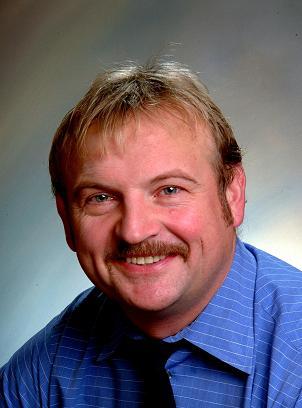

 Reference Site Map |
|
|

Pediculosis, commonly known as head lice or lice infestation, is a subject that seems to get renewed attention continually. It has achieved plague-like status in some schools, and evokes needless fears amongst parents. Visible to the naked eye, lice are small parasitic insects that most commonly inhabit the scalps of children. Other species can live on the body or pubic area. There is no evidence that lice spread lethal diseases. This rumor gets propagated when a child scratches his or her scalp and an oozing infection results. It is caused by the traumatic transfer of bacteria from under the child’s nails to beyond the protective surface layer of the scalp skin. The lice are innocent bystanders in this process. Lice have no preference for dirty or unkempt hair, since it is the scalp itself that they seek. They need to feed on our blood at least four times daily, and this often produces the itchy scalp that children are presented with. The bites are painless, but after a few weeks we develop sensitivity to the tiny excretions produced by the lice.
The key to solving the lice problem is to understand their life cycle. An adult female louse will lay about 10 eggs a day for its entire 30-day life. The eggs get attached to the hair just above the base forming a "nit". If not removed, a nit will hatch in about 10 days and grow into adult form in about a week after that. Adult lice can only survive about a day without a blood meal, but their nits are much hardier.
Lice spread from scalp to scalp through close contact and by sharing combs and hats. Special lice combs can be used to remove nits and identify infestations. Lice are obligate parasites, i.e. they cannot live independently of their host, and will happily reside on the scalp until conditions change. Treatment is mandatory.
There are at least three different pediculicides available on the market. Two are made from chrysanthemum plants, and the third is a neurotoxin. Careful attention should be paid to application. Most require two applications spaced 10 days apart. This method ensures eradication of all lice. Nits should be removed with a nit comb, or by carefully removing the hair. It is not necessary to shave the head. Empty egg pods may remain and do not indicate a failure of treatment. There is a concern about resistance to treatment due to indiscriminate and repeated use by worried parents. Witnessing live lice is the only reliable method to diagnose resistance or poor compliance.
The objects that come in contact with hair such as pillows and combs should be washed in hot water and then placed in a hot dryer for 15 to 30 minutes. I would be very wary of the numerous "alternatives" available for de-lousing. There is little supportive data for their effectiveness. The strangest thing about lice is that just reading about them makes my scalp itch!
Related resources: